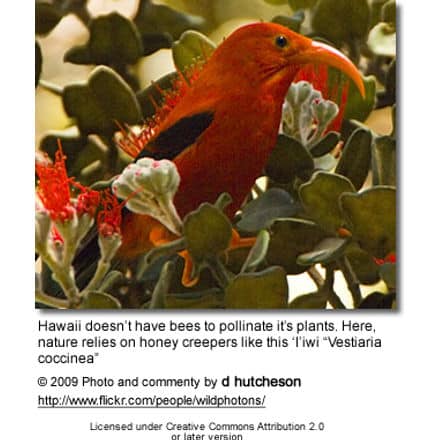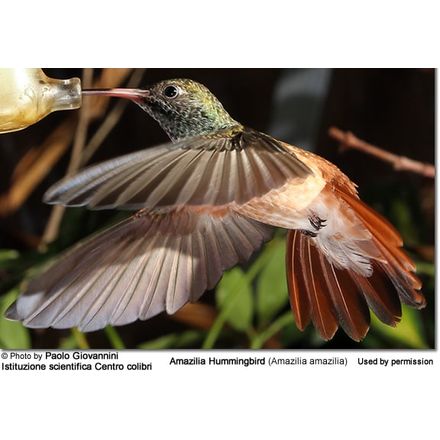Variable Seedeaters or Black Seedeaters (Sporophila corvina)
The Variable Seedeaters (Sporophila corvina) – or Black Seedeaters – occur naturally from southeastern Mexico south to western Colombia, Ecuador, and extreme northwestern Peru in north-western South America.
They are fairly common in lowland and foothill areas up to an elevation of about 5,000 feet or 1,500 m in semi-open areas, including roadsides, low scrub, forest edges, pastures, fields, gardens, and other grasslands. They are often seen in mixed-species flocks.
Their common name was derived from the geographically variable plumage details of the males.
They are also known as Black Seedeaters, Mexico wing-barred Seedeaters, and Plumbeous Seedeaters.

Subspecies and Ranges:
The northern species is nearly entirely black; the amount of white in the plumage increases with decreasing latitude.
- (Northern) Variable Seedeater (Sporophila corvina corvina – Sclater, PL, 1860) – Nominate Form and northern subspecies
- Southern Mexico – from southern Veracruz and northern Oaxaca – along the Caribbean slope from Guatemala and Belize to Costa Rica and western Panama.
- Interbreeds with the ssp. hicksii in the Canal Zone of Panama
- ID: Male has an entirely black plumage, except for a white spot at the base of the primary wing feathers and white wing linings. The black male could be confused with the male Thick-billed Seed-Finch (Oryzoborus funereus), but the latter can be identified by its stouter bill.
- Variable Seedeater (hoffmanni) (Sporophila corvina hoffmanni – Cabanis, 1861)
- Range: Pacific Slope of Costa Rica and western Panama
- ID: Males like above, except the abdomen and rump are also white, and there is a narrow white half collar on the sides of the neck. Females generally paler than nominate form with a faint yellow tinge below.
- Variable Seedeater (hicksii) (Sporophila corvina hicksii – Lawrence, 1865)
- Range: Eastern Panama – along the Pacific slope of the Darién province – and adjacent north-western Colombia.
- Interbreeds with the nominate race in the Canal Zone of Panama
- ID: Males like ssp. hoffmanni, except for small black chin and/or malar (cheek), and the throat is white. The females are paler and less brown than the nominate form and typically have a faint yellow tinge below.
- Variable Seedeater (ophthalmica) (Sporophila corvina ophthalmica – Sclater, PL, 1860) – Southernmost subspecies
- South-western Colombia west of the Andes mountain range to western Ecuador and far north-western Peru (La Libertad)
- lowlands W of Andes from SW Colombia (Nariño) S to NW Peru (La Libertad).
- ID: Males resemble ssp. hicksii, but the rump is a purer white, the flanks are purer white as well with little or no black mottling or barring. Females are being paler and less brown than the nominate form, and typically have a faint yellow tinge below.
Description
Size
Length: 4 inches (10.5 cm)
Weight: 0.4 oz (11 g)
Plumage Details / Adults
Males have a plumage that is to varying degrees black and white. Those occurring in the northern parts of this species’ range are nearly all black and subspecies further south have increasing amounts of white markings as specified above in the subspecies ID section.
Females are olive-brown above, often with a faint yellow tinge to the underparts. They also have the white wing linings of the male.
Other Physical Details
Black conical bill
Juvenile Description
Look like adult females. Males molt into adult plumage in the first year.
Diet / Feeding
Their diet consists primarily of grass seeds and other seeds. They also take berries and some insects.
Breeding / Nesting
Females construct flimsy cup nests using coarse plant material found in their environment. The nests are lined with finer fibers.
The nest is typically situated1.3 – 20 feet (~ 0.4 – 6 meters) in the fork of a tree. A clutch consists of 2 – 3 brown-speckled, pale grey eggs, which are incubated by the female for 12–14 days to hatching.
Calls / Vocalizations / Sounds
The Variable Seedeater emits harsh chur calls. The male’s song consists of a mixture of warbles, whistles and twitters.
https://www.xeno-canto.org/embed.php?XC=113022&simple=1
Alternate (Global) Names
Chinese: ????? … Czech: kn?žík prom?nlivý … Danish: Brilleklerkefinke … Dutch: Noordelijk Bont Dikbekje … German: Brillenpfäffchen, Mexico Wechselpfäffchen, Mohrenpfäffchen … Finnish: mustasirkkunen … French: Sporophile noir, Sporophile variable … Italian: Beccasemi variabile, Beccasemi variabile messicano … Japanese: kawarihimeuso … Norwegian: Kullfrøeter … Polish: ziarnojadek kruczy, Ziarnojadek zmienny … Russian: ?????????? ??????? … Slovak: k?ažík kolohrivý … Spanish: Espiguero Variable, semillero variable … Swedish: Glasögonfrösparv




